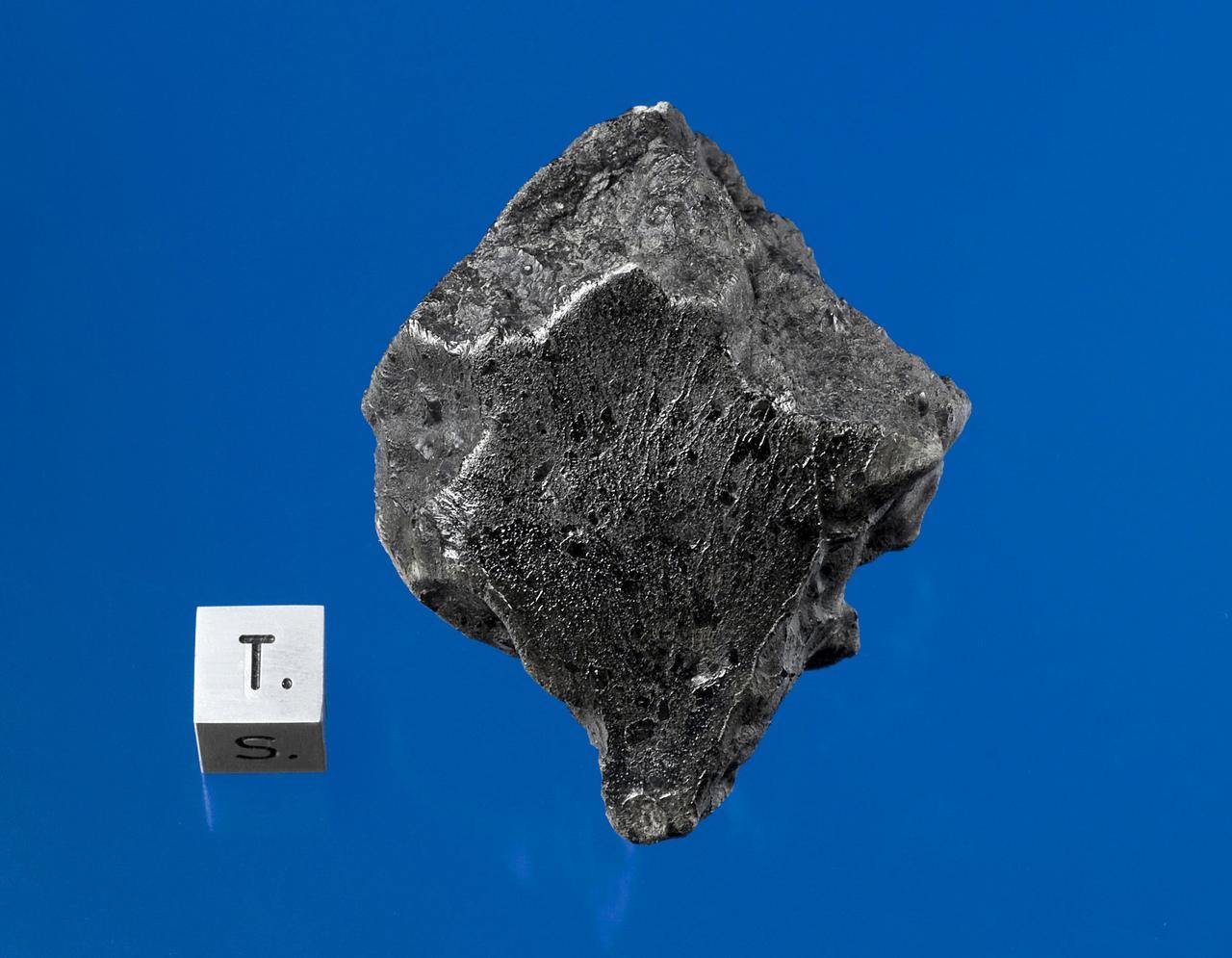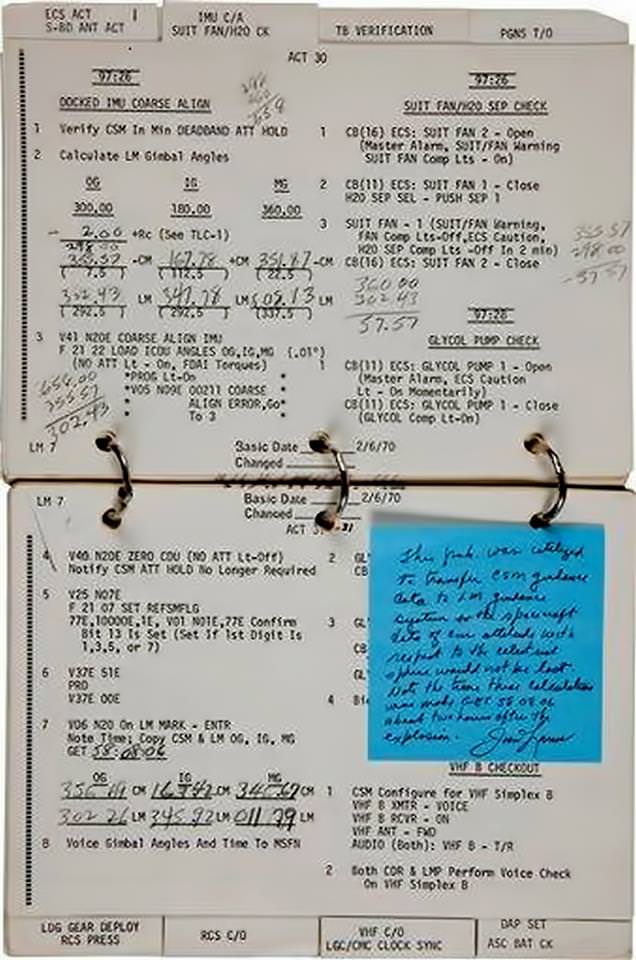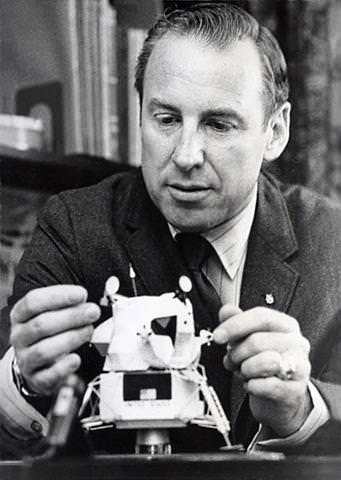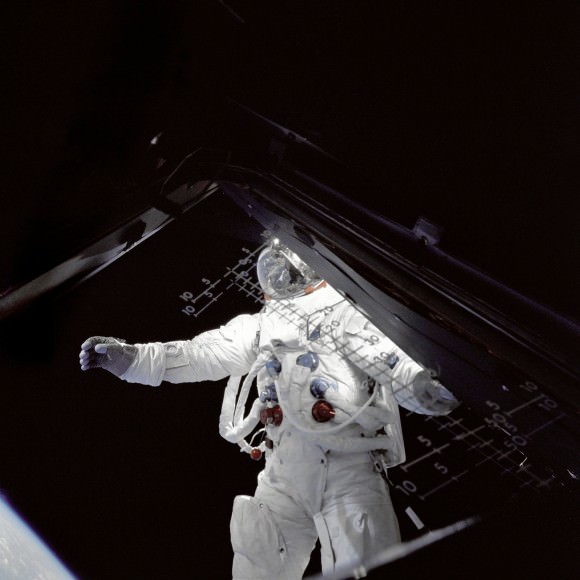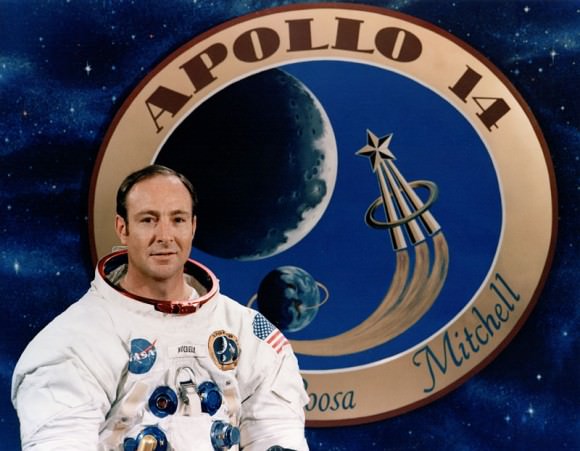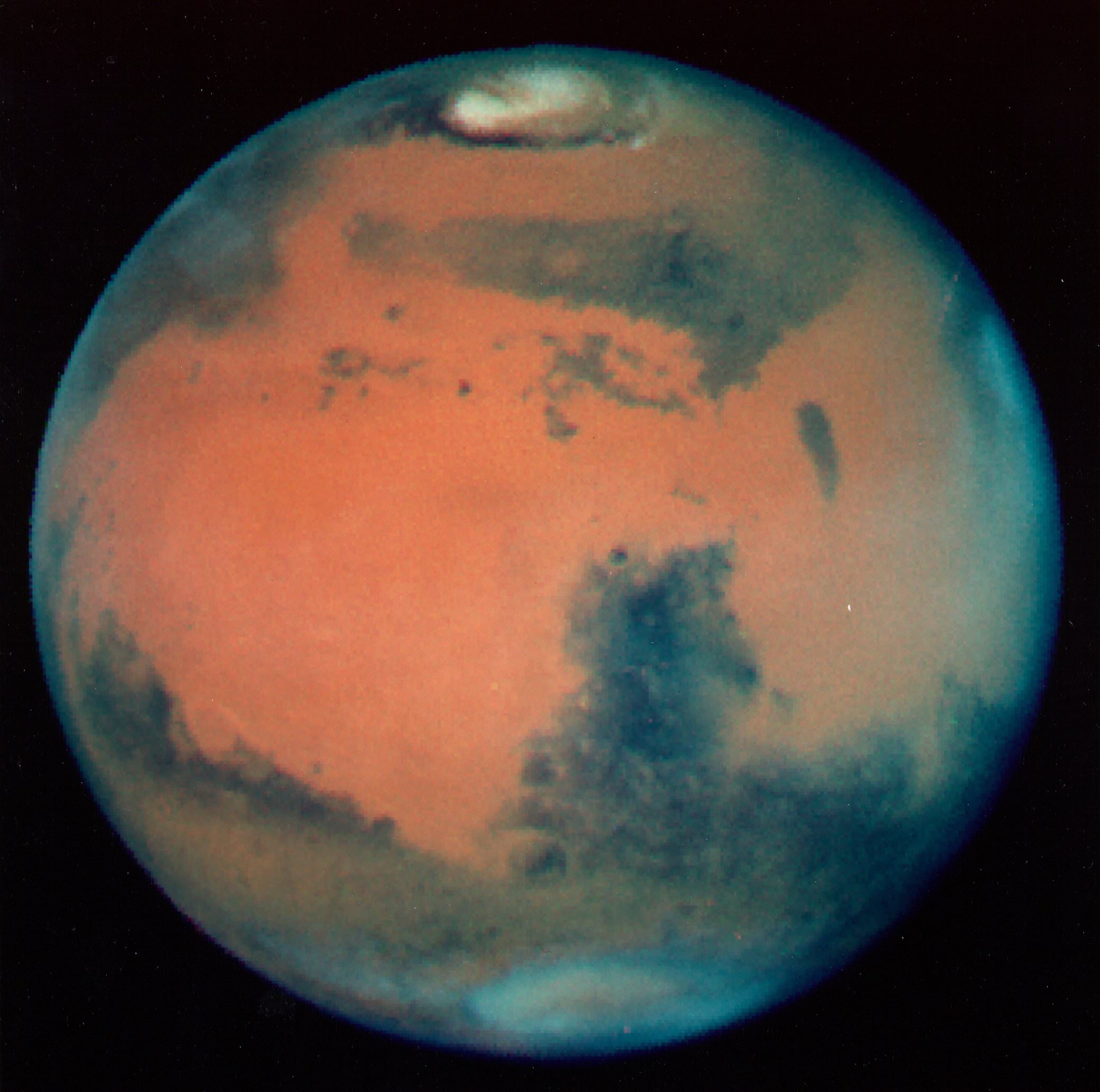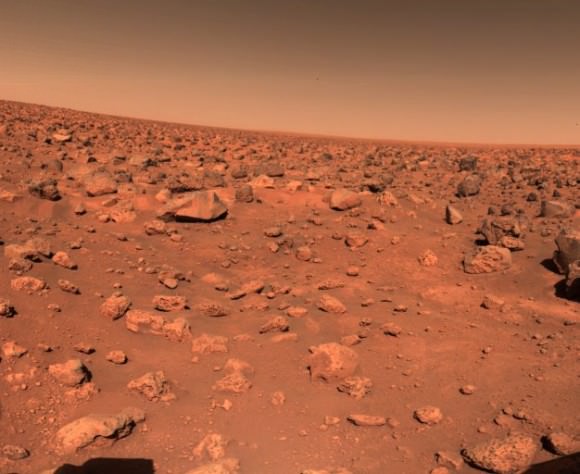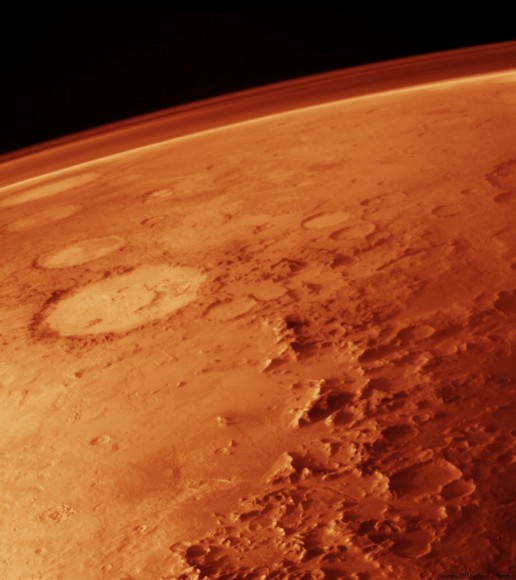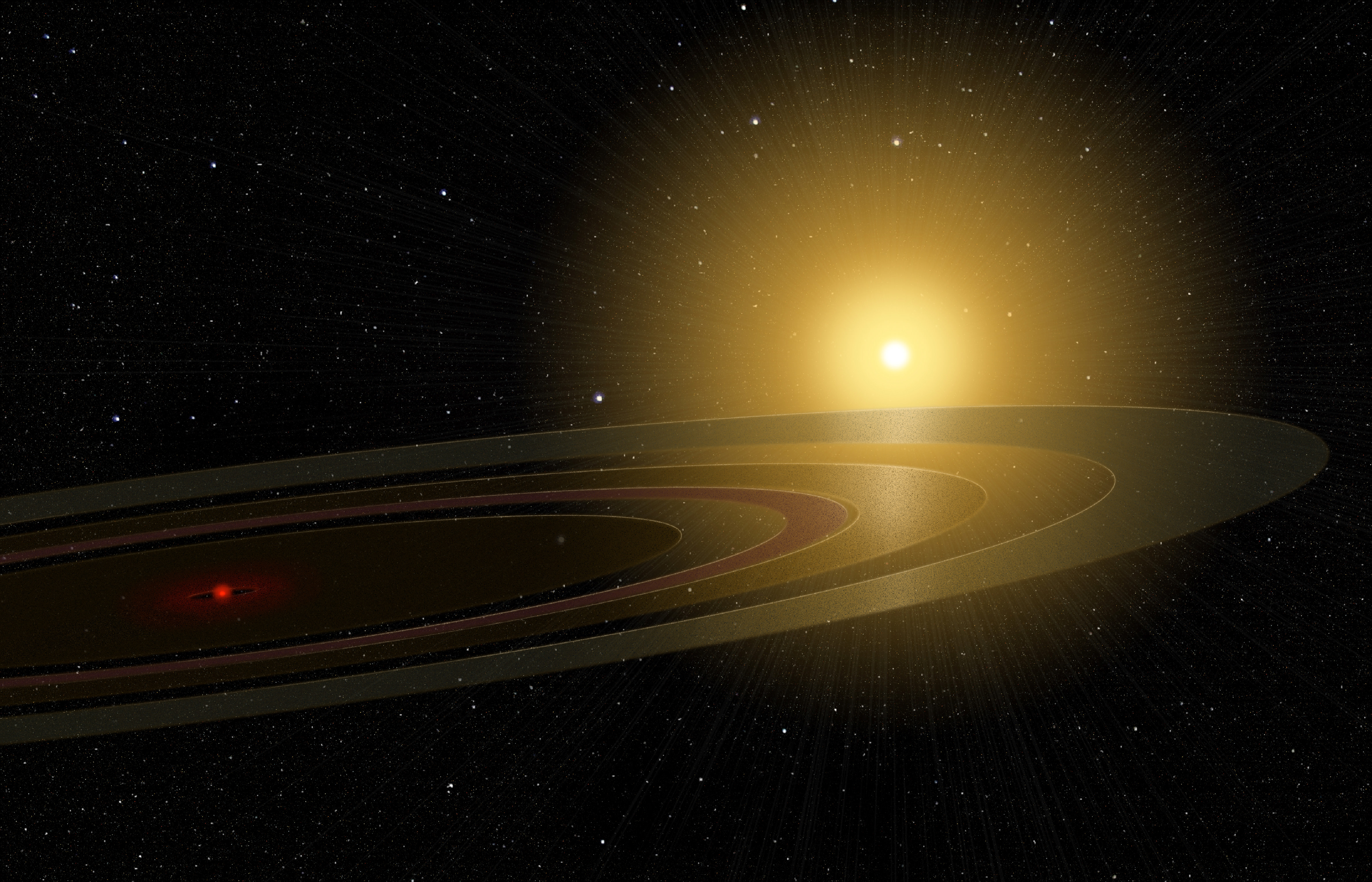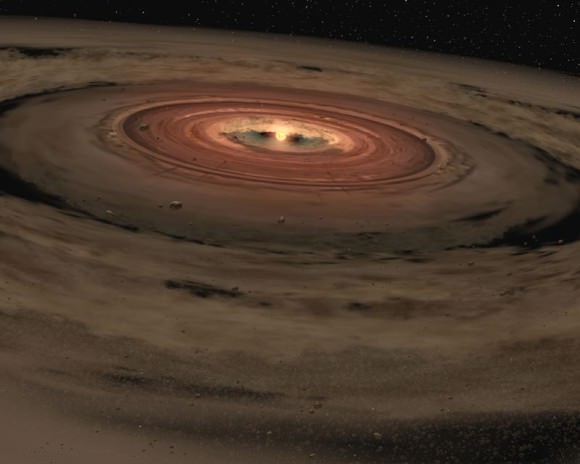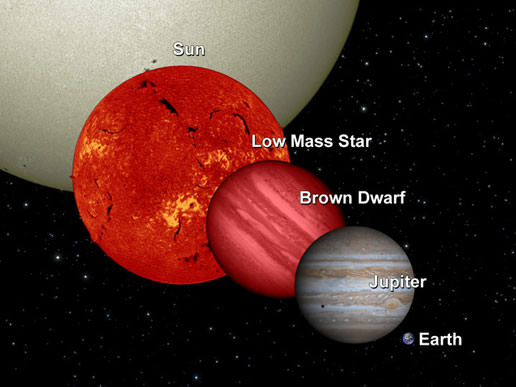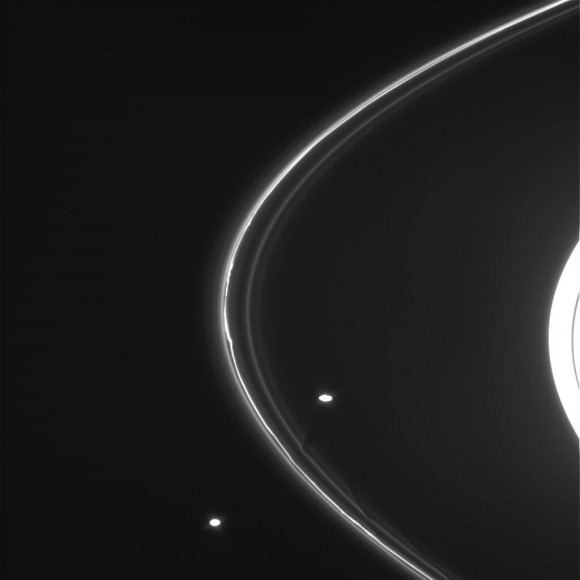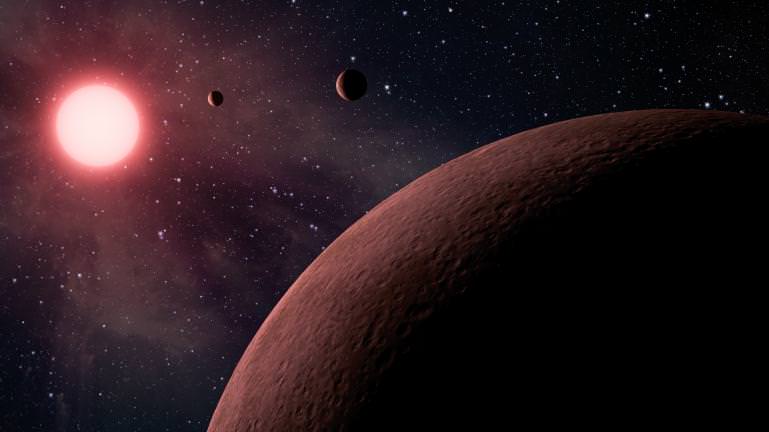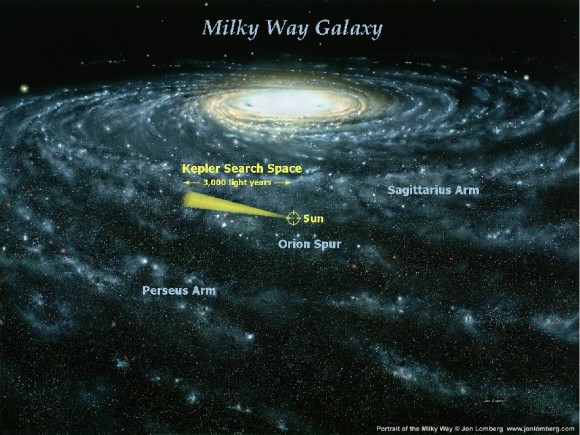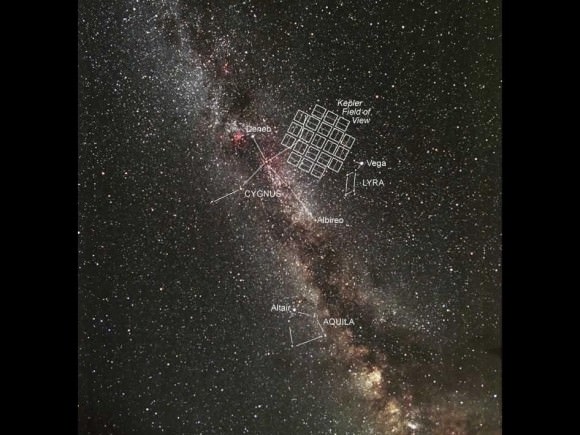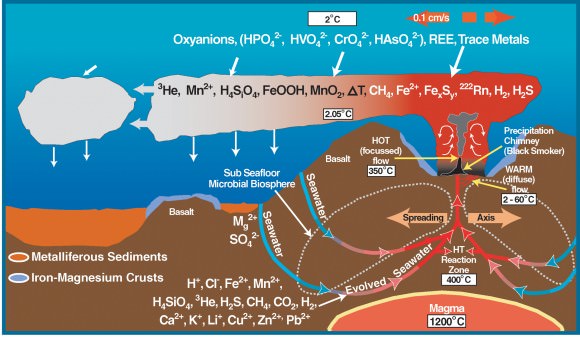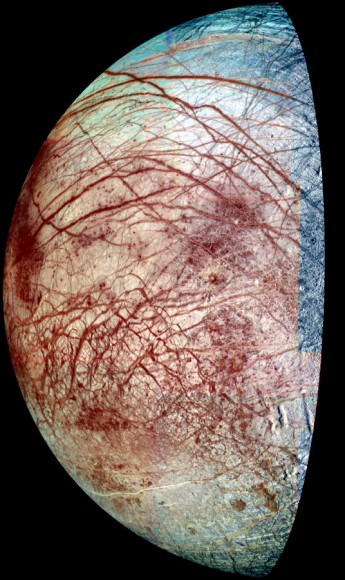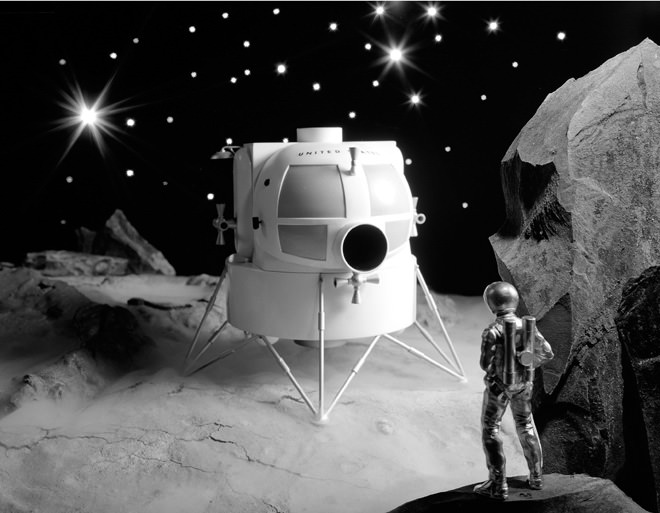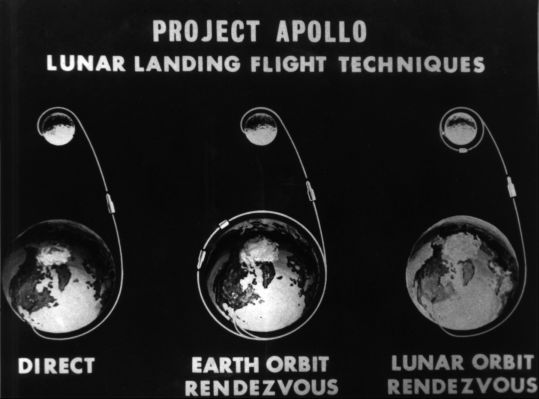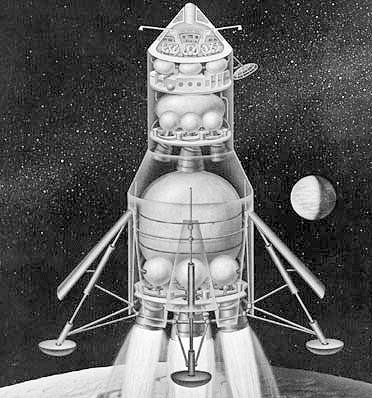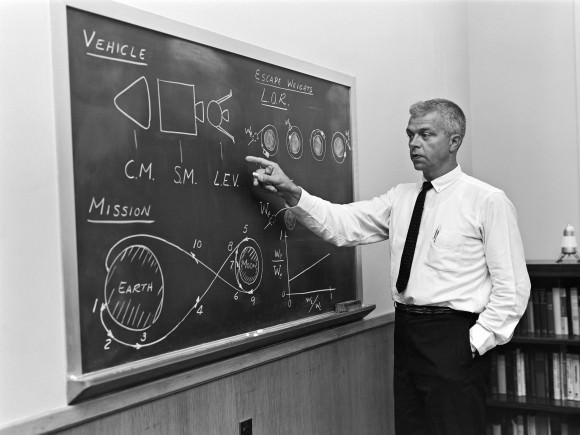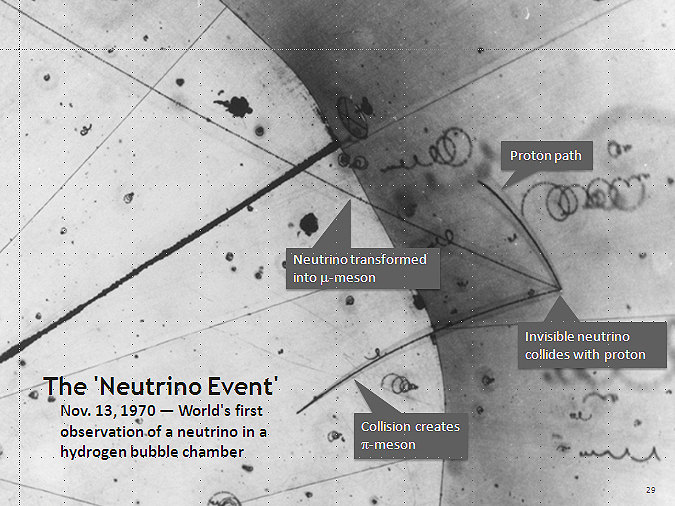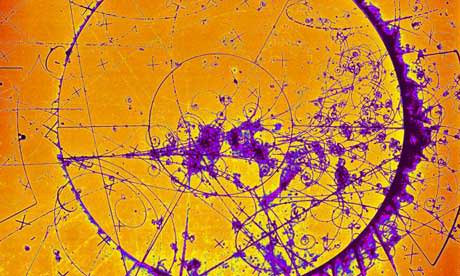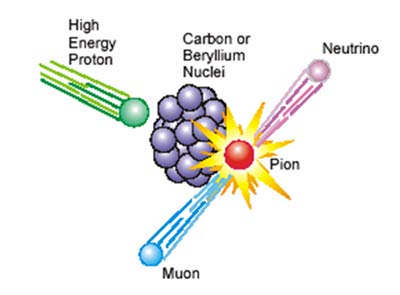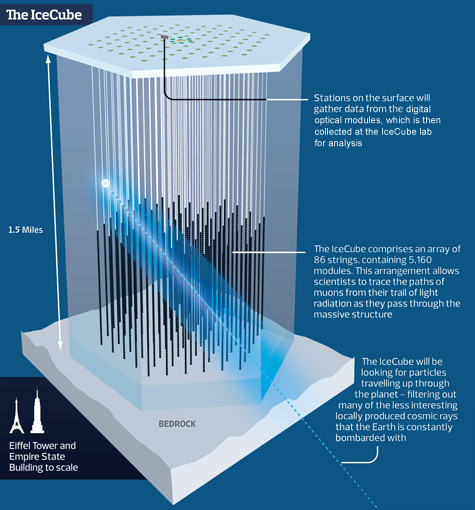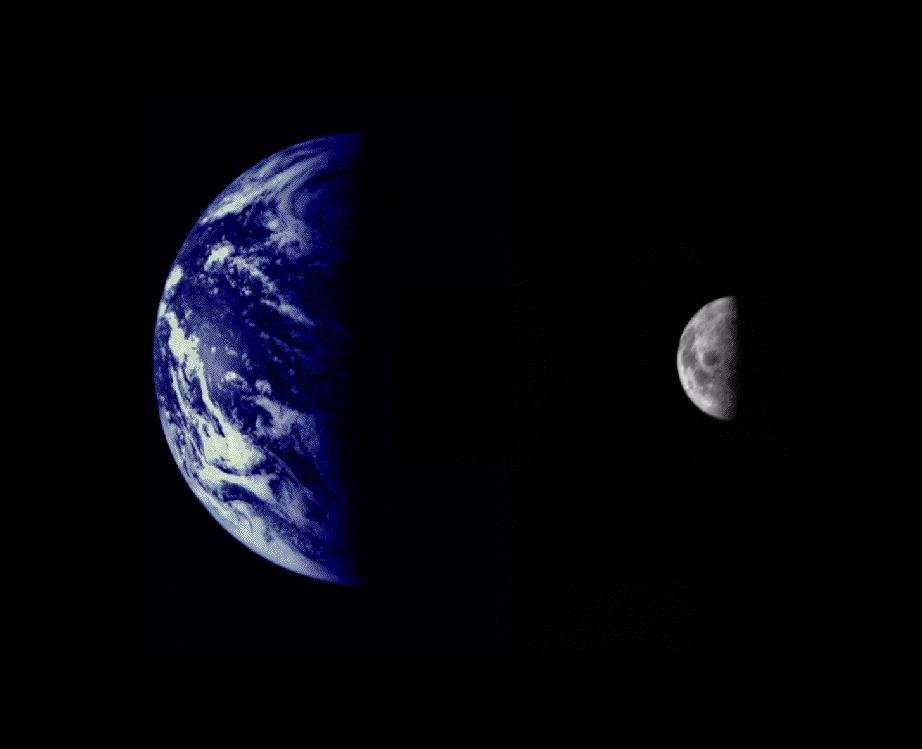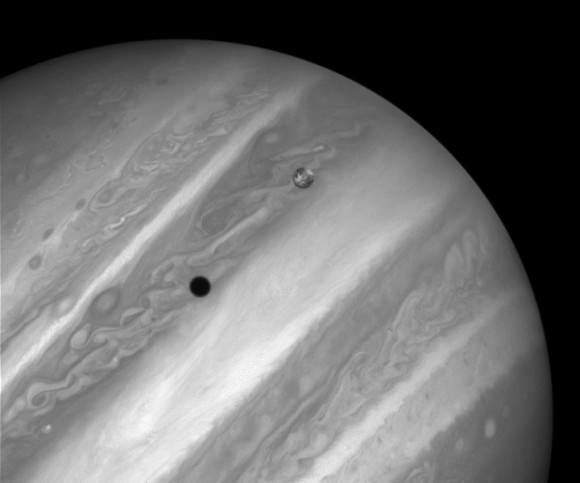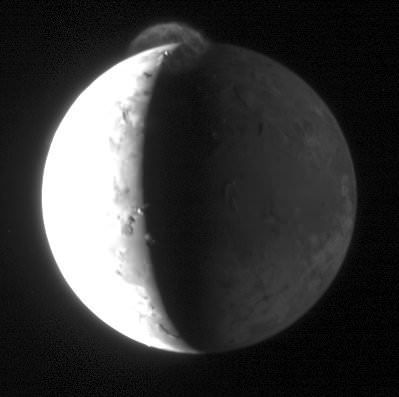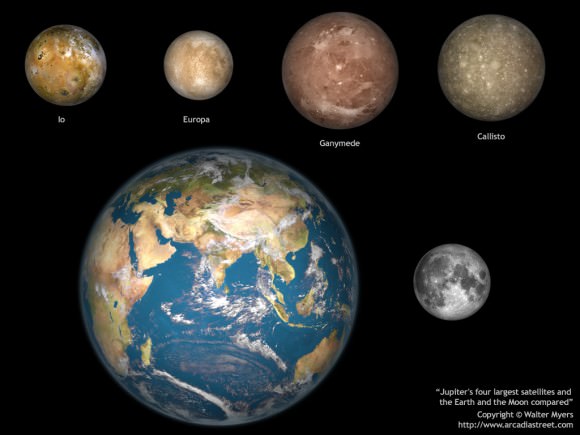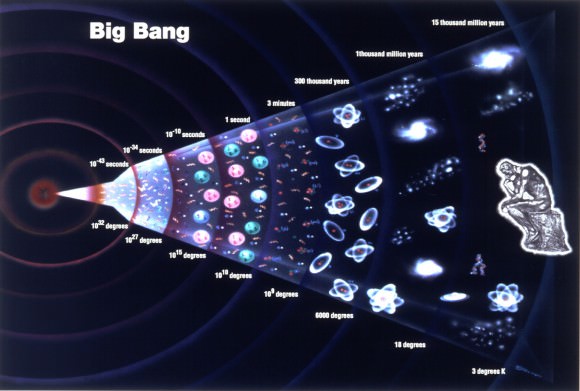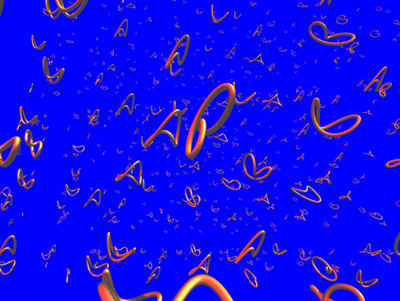[/caption]
Scientists studying life on Mars got a late Christmas present this year: confirmation that meteorites found in Morocco in December are of Martian origin. It’s a significant discovery; Martian meteorites fall to Earth only about once every 50 years making this a once-in-a-lifetime, and for many a once-in-a-career, event. The Mars rocks are worth more than their weight in gold, but what they can tell us could be even more valuable.
Astronomers suspect that the meteorite has been wandering around the solar system for millions of years, ever since something big smashed into the red planet and sent debris flying all directions. One of those pieces has wandered its way towards Earth and plunged through the atmosphere.

This is only the fifth time scientists have chemically confirmed the Martian origin of meteorites. Rocks found in France in 1815, in India in 1865, in Egypt in 1911, and in Nigeria in 1962 have all been positively identified as being from Mars.
The chemical signature of the Moroccan rocks and the Martian air match said Tony Irving of the University of Washington who did the scientific analysis. But this discovery is different. The rocks weren’t just found, they were seen streaking through the sky in July 2011, which makes them extremely valuable.
These rocks have only had six months to accumulate Earth-based materials and traces of life; typically Martian meteorites found on Earth have been here anywhere from decades to millennia, giving them ample time to become tainted.
These new rocks, while still contaminated because they have been on Earth for months, are relatively pure. “It’s incredibly fresh. It’s highly valuable for that reason,” said Carl Agee, director of the Institute of Meteoritics and curator at the University of New Mexico.
It’s also a rare find. This new sample, about 15 pounds of rocks, brings the total weight of all Martian samples on Earth to just 240 pounds.
Meteorite dealer Darryl Pitt is cashing in on the rocks’ rarity and selling pieces for $11,000 to $22,500 an ounce and has sold most of his supply already. At that price, the Martian meteorite costs about 10 times as much as gold.
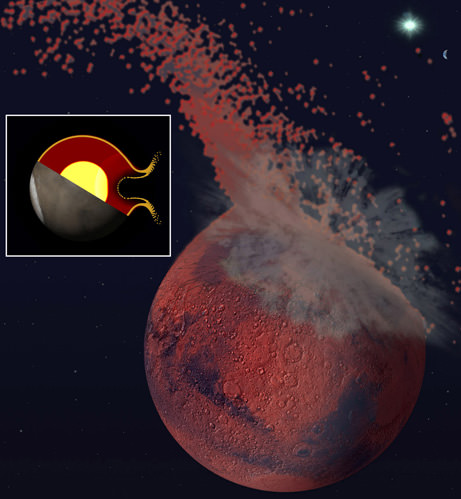
Cornell University astronomer Steve Squyres, the principal investigator for NASA’s Mars Exploration Rover Program, is less excited. The rocks, he said, are not the kind scientists are most hoping for. They are hard, igneous or volcanic rock. A softer kind of rock capable of holding water or life would be better. But he also points that these rocks aren’t likely to come streaking through the atmosphere. Any soft rock would be unlikely to survive the fiery entry through Earth’s atmosphere.
Former NASA sciences chief Alan Stern, director of the Florida Space Institute at the University of Central Florida, takes a brighter outlook. “It’s nice to have Mars sending samples to Earth,” he said, “particularly when our pockets are too empty to go get them ourselves.”
Until we manage a sample return mission from Mars, this is the best shot scientists have to study the red planet up close.
Source: physorg.

